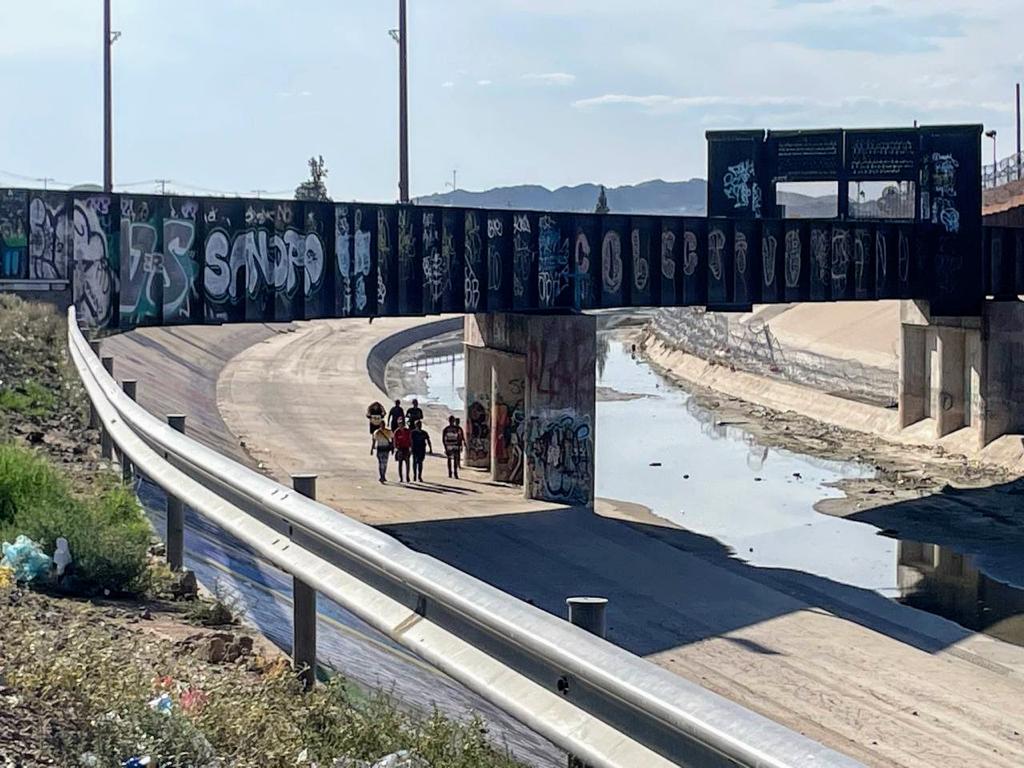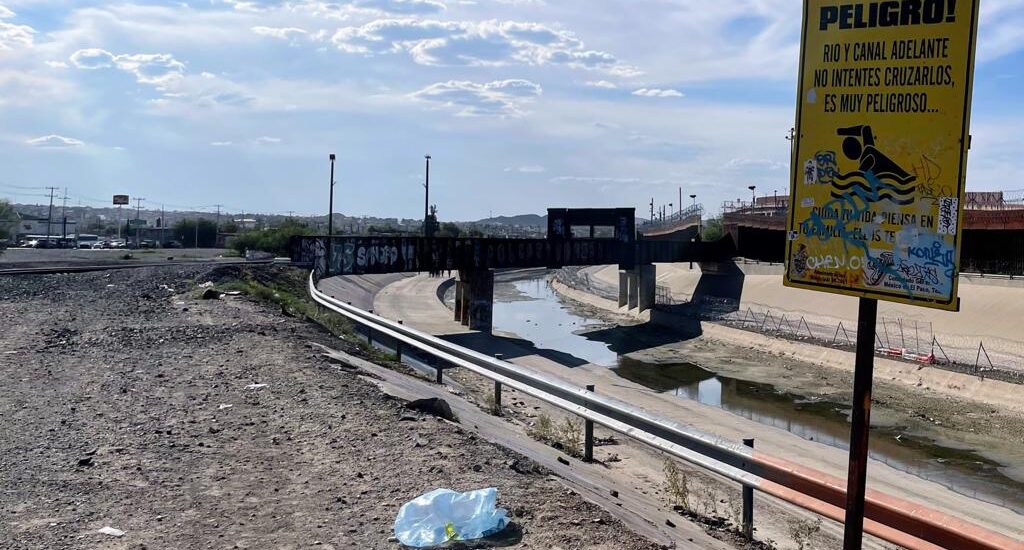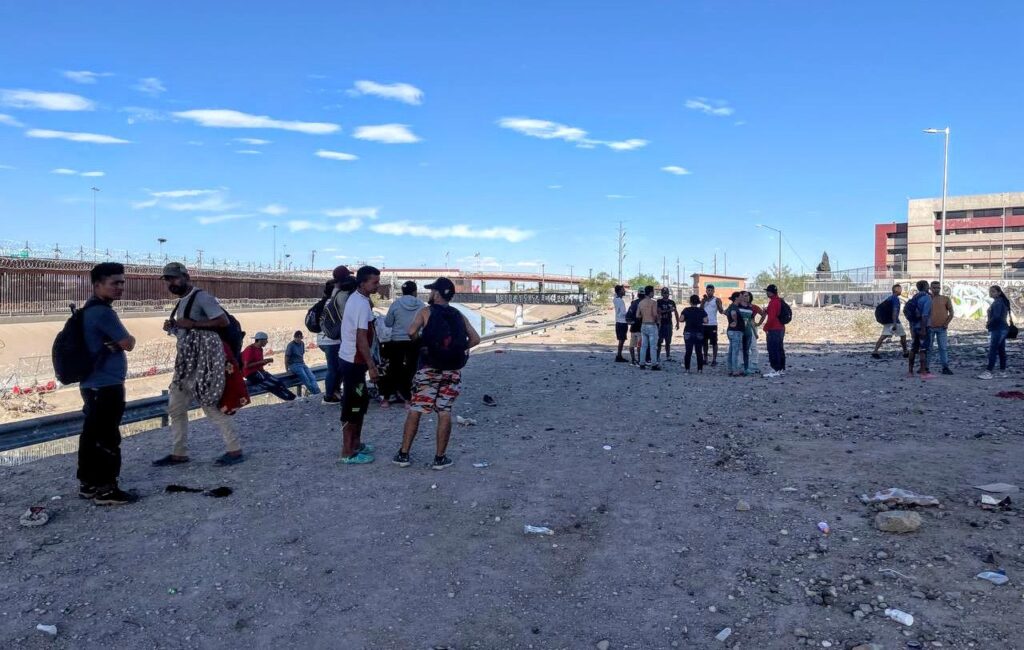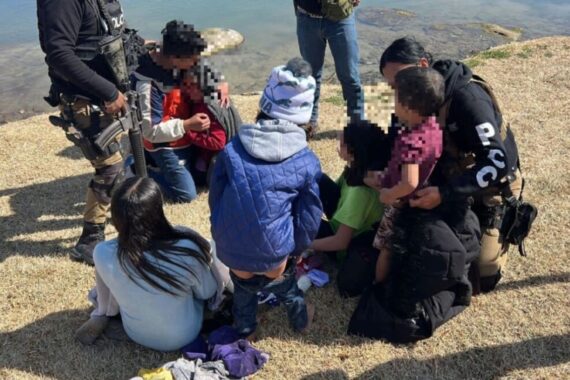Translated by Jesús Ronquillo / Circuito Frontera
Ciudad Juárez is currently dealing with a growing migration crisis, as shelters are overcrowded and the capacity to care for migrants is again challenged.
Just this Monday, the municipal president, Cruz Perez Cuellar, told the media that the municipal shelter “Kiki Romero” no longer has space available and that authorities are conducting inspections in the places where migrants are usually housed.
#Urgente Comenzó desalojo a las 2:15 por parte Protección Civil a las personas que habitan el Hotel De Luxe, ubicado en el cruce de las calles Lerdo y Manuel Bernal, en el Centro. 🚨 pic.twitter.com/KKyCWn6P3c
— Circuito Frontera (@Circuitofronte1) April 20, 2023
Cruz Pérez Cuéllar, Municipal President of Juárez above, after a complaint was received against the Hotel Deluxe, which was previously closed by Civil Protection due to risks to its guests, but which returned to house migrants.
The staff member emphasized the need to maintain rigorous control and guarantee security in the places that host migrants.
The eviction took place after groups of migrants took over various spaces in the city to settle, as in the case of this hotel.
There is an estimation of at least 10,000 migrants in Juarez
Enrique Valenzuela, coordinator of the State Population Council (consejo Estatal de Población COESPO), warned about the magnitude of the migration crisis.
According to Valenzuela, Ciudad Juarez could have at least 10 thousand migrants in the city, although the actual number could be even higher due to the lack of accurate data.

Valenzuela also informed that the 26 spaces destined to shelter migrants are operating at 90-95 percent of their capacity, so the situation has become complex and multifactorial
The coordinator of Coespo also mentioned that the flow of migrants has not stopped and, in the last few days, has even increased, which poses a challenge to the capacity of Ciudad Juarez to provide attention and care to those who arrive in search of better living conditions.
He added that local and state authorities are working together to address this growing migration crisis on Mexico’s northern border. However, the situation demands a rapid and coordinated response to ensure the safety and well-being of people on the move, to mitigate environmental and health risks in the region.











